You Can Buy These Nonorganic Foods + Still Eat Pesticide-Free

The nine cleanest conventional fruits and vegetables at the supermarket. (PHOTOGRAPH BY PEOPLEIMAGES.COM/GETTY)
by Allison McCarthy, for Rodale’s Organic Life
According to the Environmental Working Group, nearly two-thirds of produce samples tested by the U.S. Department of Agriculture in 2013 contained pesticide residues, even after being washed and peeled. But if going fully organic isn’t in your budget, there are ways to pick and choose where you can scrimp and what you should pay more for. Here are our picks for the nine cleanest nonorganic foods.
Avocados
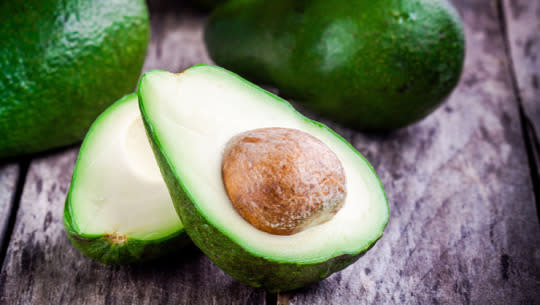
(PHOTOGRAPH BY WMASTER890/GETTY)
Only 1 percent of avocado samples show any detectable pesticides. Plus, their skin is so thick that the meat inside is safely protected. Give them a good rinse before slicing open, for good measure.
Sweet Corn
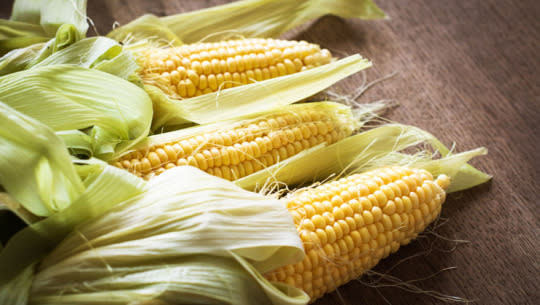
(PHOTOGRAPH BY ARX0NT/GETTY)
It takes a lot of fertilizer to grow, but the layers sheathing the kernels protect the cob from pesticide residue.
Tropical Fruit
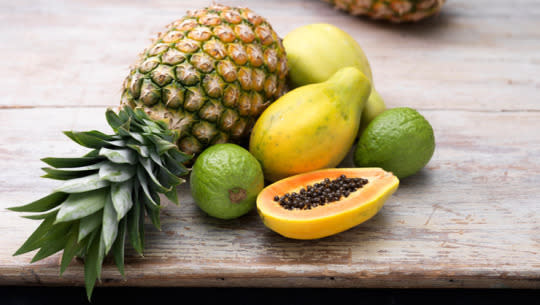
(PHOTOGRAPH BY DIANA MILLER/GETTY)
Pineapples, mangoes, papayas, and kiwis all have tough skins that we don’t consume. Generally, they’re protected from pesticides, but it’s always a good idea to rinse before you slice.
Cabbage
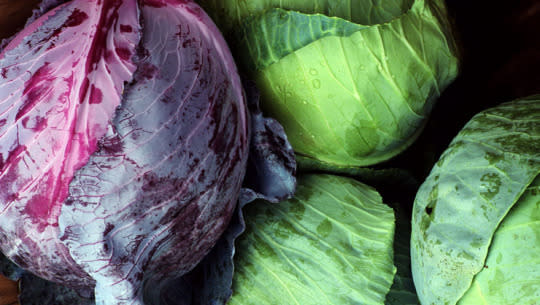
(PHOTOGRAPH BY STOCK IMAGERY)
This super food (hello, beta carotene) is a natural fighter and doesn’t require much harsh pesticide spraying to grow.
Related: The Imposters That May Be Hiding In Your Olive Oil
Onions
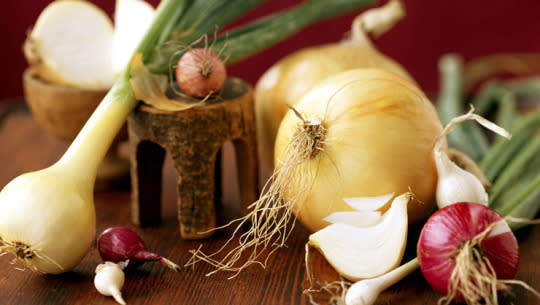
(PHOTOGRAPH BY BRAND X PICTURES)
Onions naturally don’t attract as many pests, which eliminates the need for spraying. When shopping, look for firm skin with no visible signs of damage or soft spots.
Asparagus
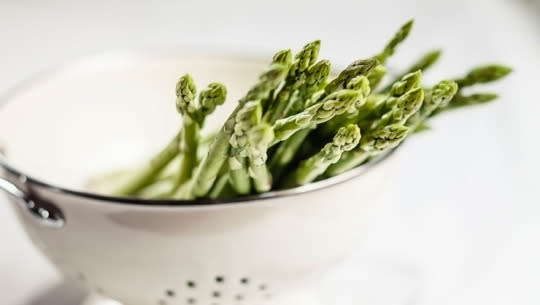
(PHOTOGRAPH BY WESTEND61/GETTY)
Believe it or not, asparagus isn’t typically threatened by pests and disease. This is good news for the wallet, since even conventional asparagus comes at a pretty penny.
Eggplant
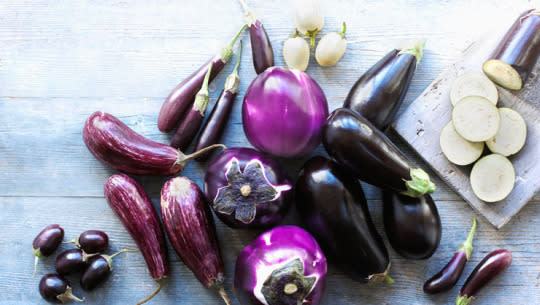
(PHOTOGRAPH BY WILLIAM REVEAL/GETTY)
Thank the thick skin of the eggplant for creating a pesticide barrier. For the ripest veggie, look for a firm and glossy exterior.
Related: Healthy Foods That Used To Be Bad For Us
Cantaloupe
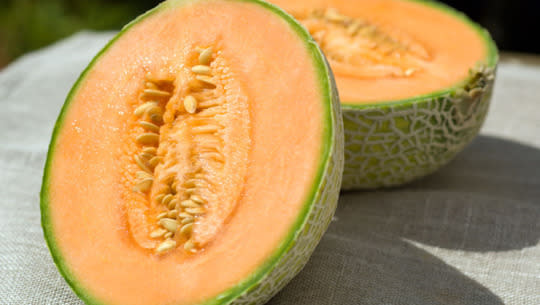
(PHOTOGRAPH BY DAVID MARSDEN/GETTY)
Another case of thick skin here—the sweet, ripe fruit inside is safe from pesticide contamination.
Sweet Potato
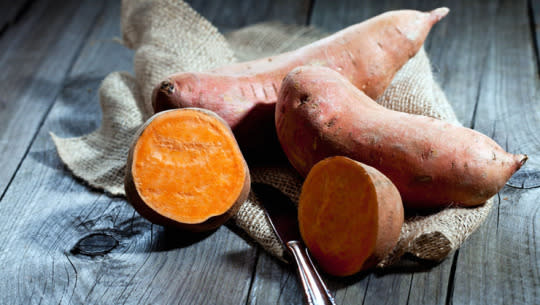
(PHOTOGRAPH BY WESTEND61/GETTY)
These root veggies are low on the EWG’s list produce contaminated with pesticides. Whether you plan to eat the skin or not, give your sweet potatoes a good scrub before cooking them.
This article was originally published on Rodale’s Organic Life.
More from Rodale’s Organic Life:
Ingredient To Watch Out For: DEA
